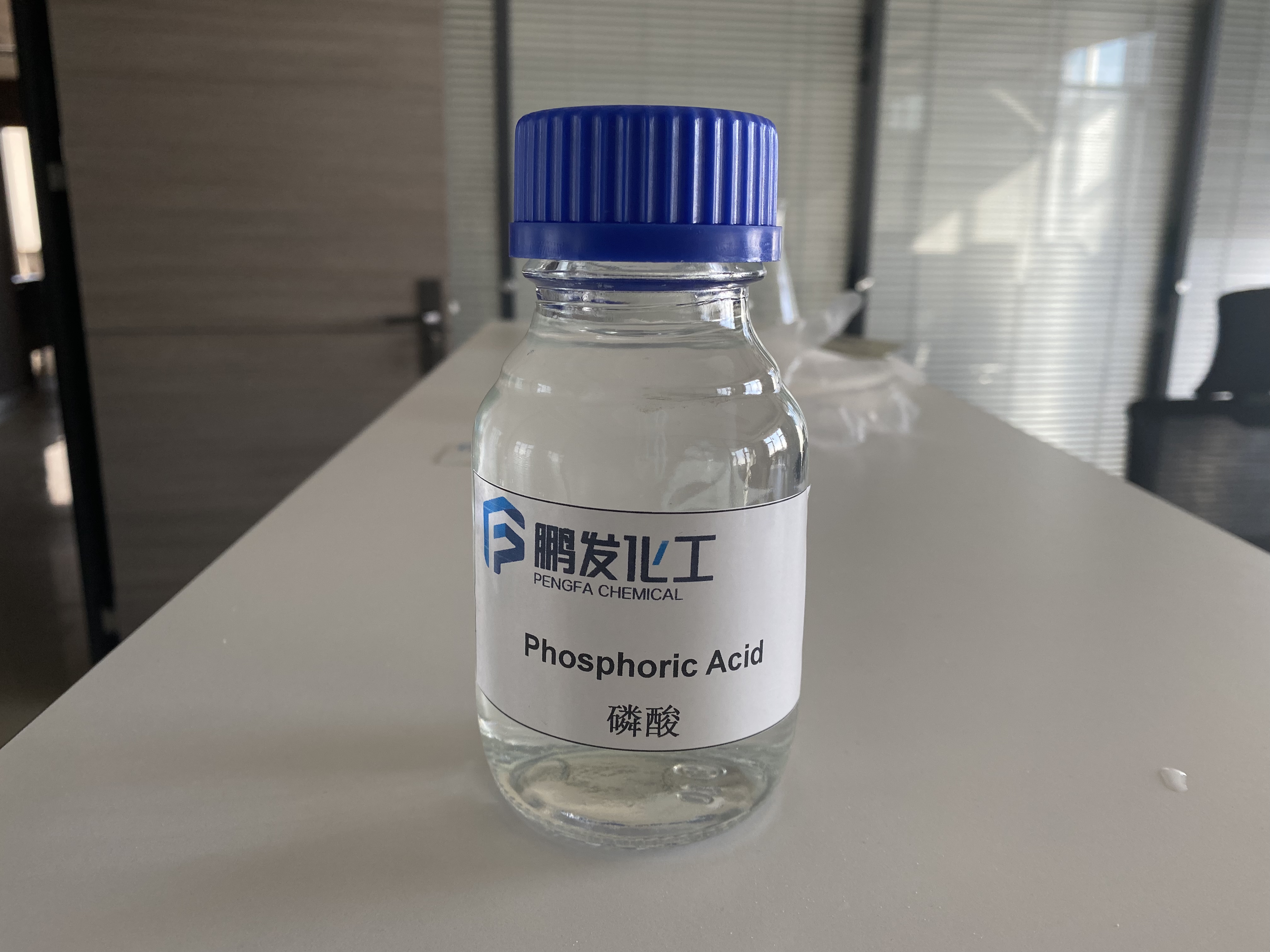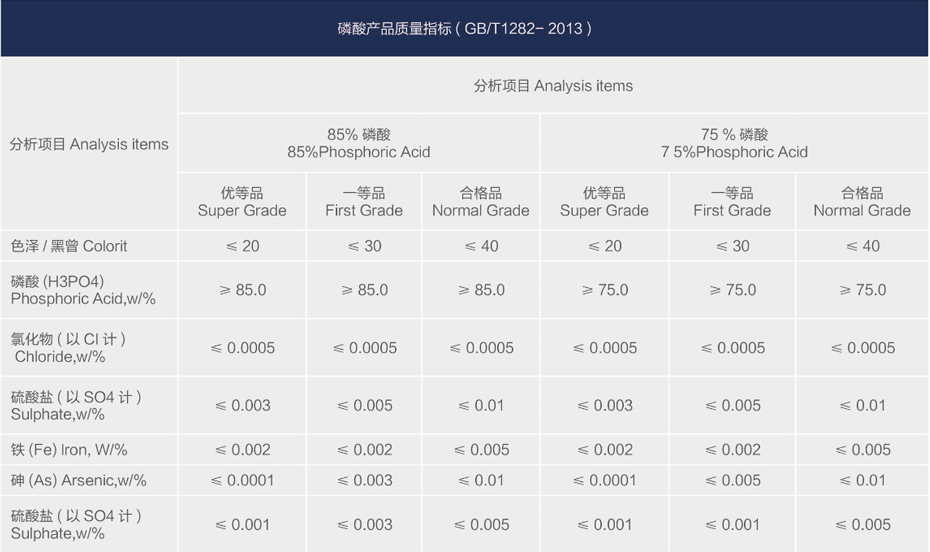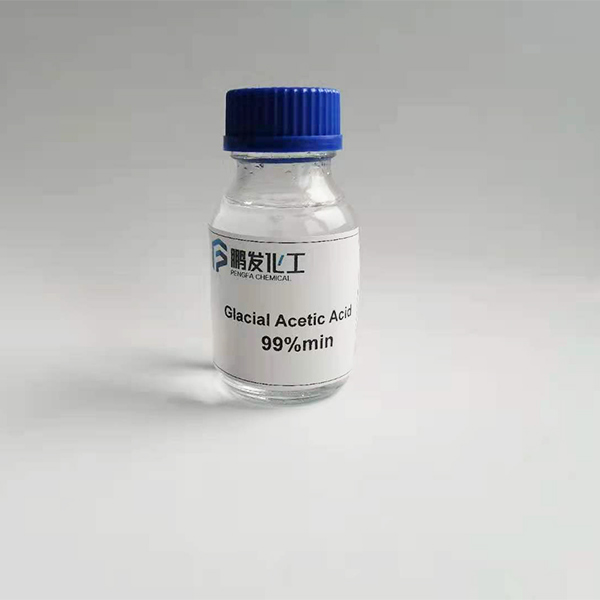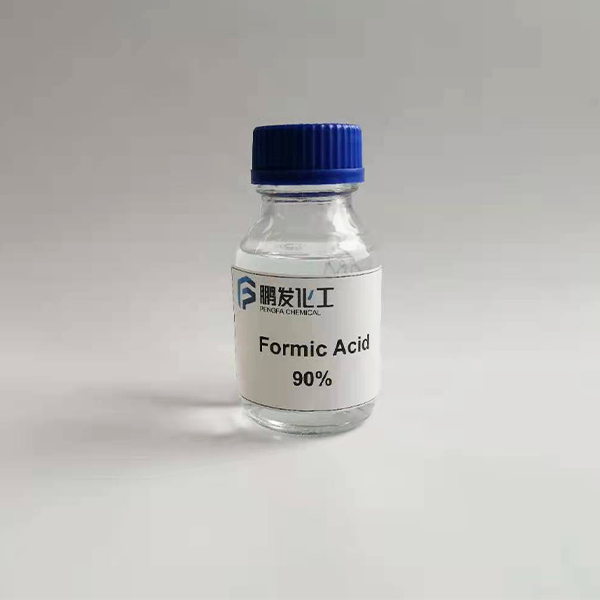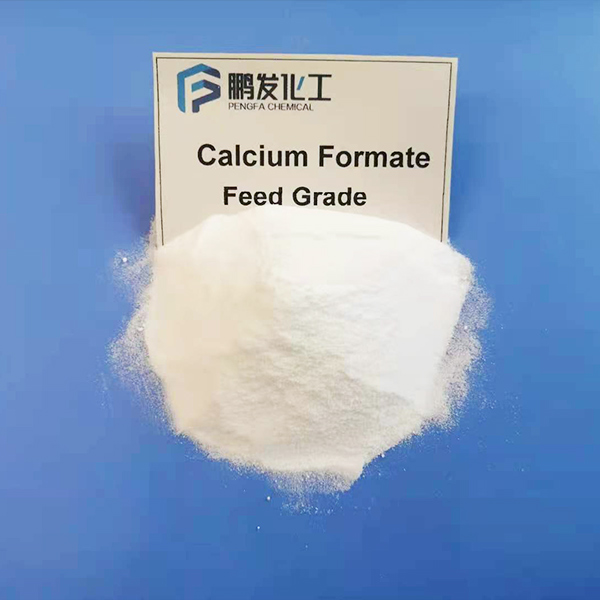What kind of surface treatment needs to be used for phosphate? What role does it play before treatment?
What kind of surface treatment needs to be used for phosphate? What role does it play before treatment?,
Chinese phosphate, Hebei phosphate, Phosphate, phosphate China, phosphate manufacturer, phosphate supplier,
1. Basic information
Molecular formula: H3PO4
Content: Industrial-grade phosphoric acid (85%, 75%) Food-grade phosphoric acid (85%, 75%)
Molecular weight: 98
CAS NO: 7664-38-2
Production capacity: 10,000 tons/year
Packaging: 35Kg plastic barrels, 300Kg plastic barrels, ton barrels
2. Product quality standard
3. Use
agriculture: Phosphoric acid is an important raw material for the production of phosphate fertilizers (superphosphate, potassium dihydrogen phosphate, etc.) ) raw materials.
Industry: Phosphoric acid is an important chemical raw material, and its main functions are as follows:
1. Treat the metal surface and form an insoluble phosphate film on the metal surface to protect the metal from corrosion.
2. Mixed with nitric acid as a chemical polishing agent to improve the smoothness of the metal surface.
3. Phosphate esters, raw materials for the production of detergents and pesticides.
4. Raw materials for the production of phosphorus-containing flame retardants
Food: Phosphoric acid is one of the food additives. It is used in food as a sour agent and yeast nutrient. Coca-Cola contains phosphoric acid. Phosphate is also an important food additive and can be used as a nutritional enhancer.
The metal surface “phosphorification treatment”. The so -called phosphorus refers to the method of generating metal workpieces through an acidic solution containing dihydrogen -phosphate salt, and a method of generating a stable insoluble phosphate membrane layer on its surface to generate a chemical reaction. The membrane is called a phosphorum film. The main purpose of the phosphorum film is to increase the adhesion of the coating film and improve the corrosion resistance of the coating. There are many ways to phosphorify. According to the temperature during phosphorusization, it can be divided into high temperature phosphorus (90-98 ° C), medium temperature phosphorus (60-75 ° C), low temperature phosphate (35-55 ° C) and N room temperature phosphorus.
The passivation technology of the phosphorum film is widely used in North America and European countries. The use of passivation technology is based on the characteristics of the phosphate film itself. The phosphorum film is thin. Generally, it is 1-4g/m2, which does not exceed 10g/ M2, its free pore area is large, and the film itself has limited corrosion resistance. Some even quickly have yellow rust during the drying process. After phosphorusization, an passivation and closed treatment can be further oxidized by the metal exposed in the pores of the phosphorurative film, or the passivation layer is generated. The oxidation effect makes the phosphate stabilize in the atmosphere.
The phosphate conversion film is used in iron, aluminum, zinc, cadmium, and its alloys, which can be used as the final refined layer or as the middle layer of other coverage layers. Its role has the following aspects.
Although Improving the phosphorurative film is thin, because it is a non -metal non -conductive isolation layer, it can transform the fine conductor of the surface of the metal workpiece into a adverse conductor, inhibit the formation of micro -electrical on the surface of the metal workpiece Corrosion of coating film. Table 1 lists the effects of phosphate film on metal corrosion resistance.
Improving the adhesion film between the matrix and the coating or other organic decorative layers is a tight overall structure that combines a close combination. There is no obvious boundary during the period. The porous properties of the phosphorurative film make the closed agent, coatings, etc. penetrate into these pores, and closely bind to the phosphoridized membrane, so as to improve the adhesion.
Provide a clean surface phosphorus film can only grow on the surface of the metal workpiece without oil pollution and rust -free layer. Therefore, metal workpieces that have been phosphorus can provide clean, uniform, fat -free and rusty surfaces.

